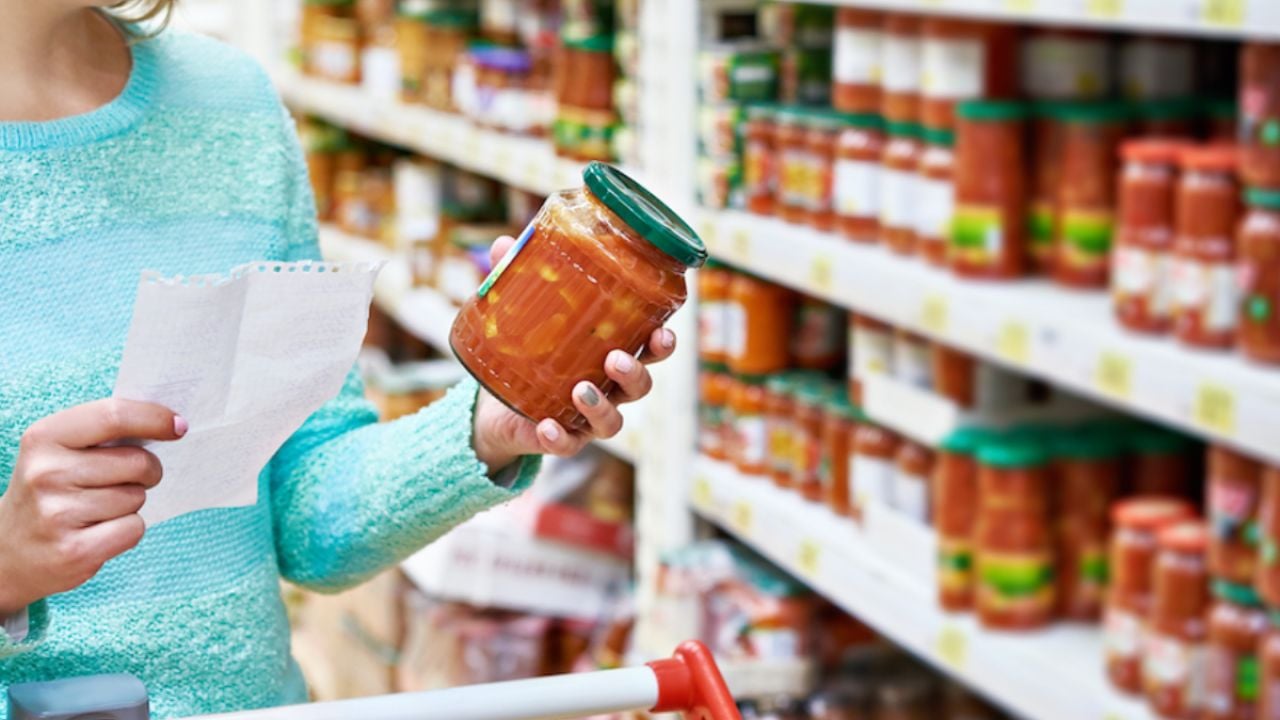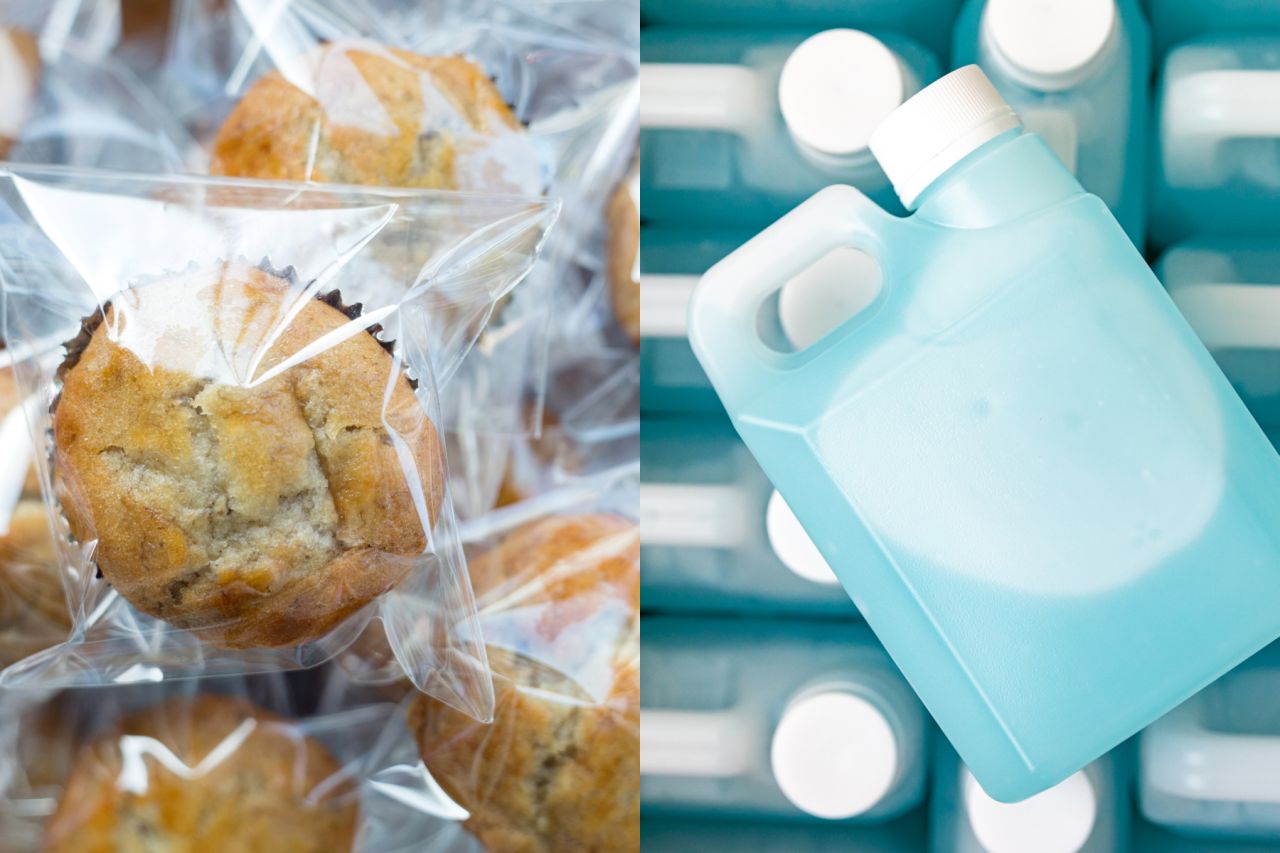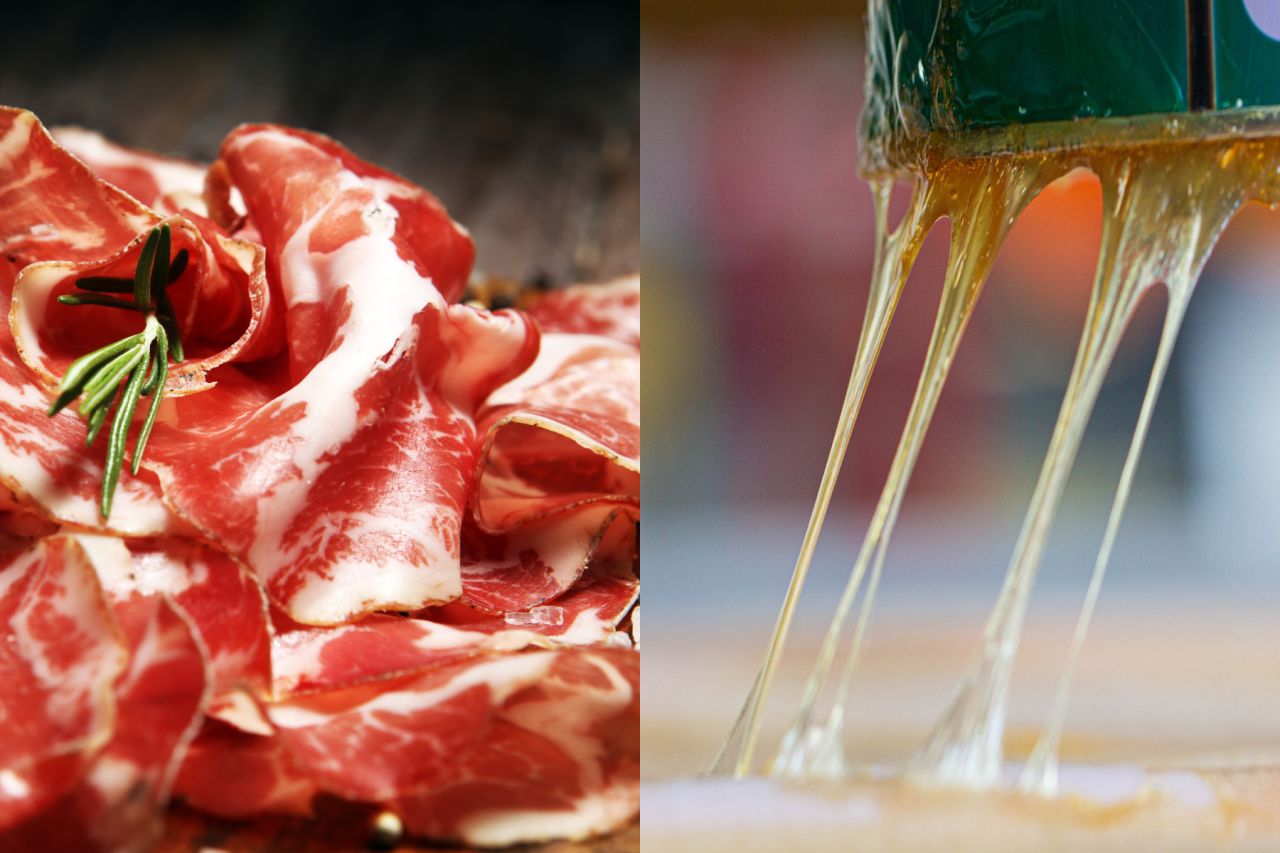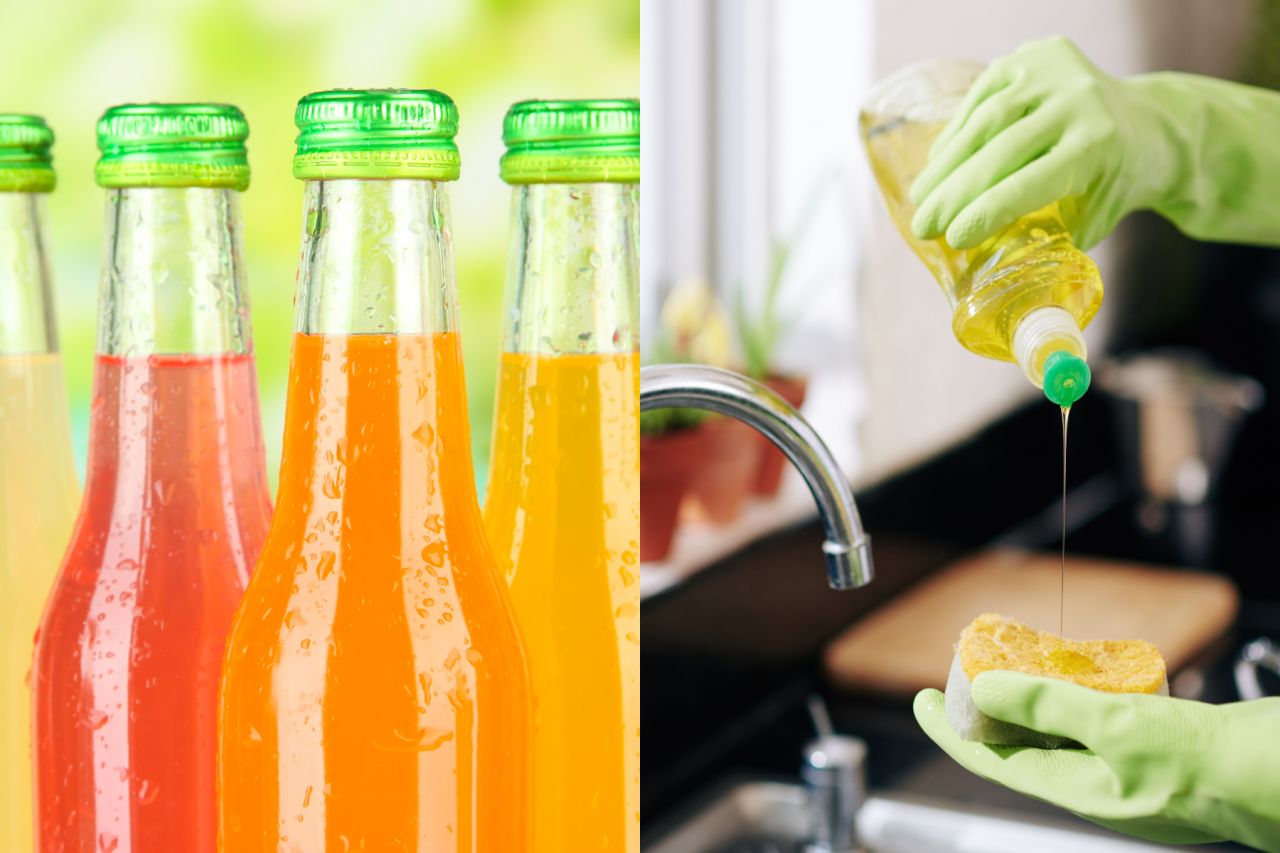
What does bread have in common with explosives, industrial cleaners and photo-developing solution? You may be surprised to learn they’re all made with the same chemical ingredient.
In fact, many of the chemicals in common processed foods are also found in consumer and industrial products. And focusing just on their use in what we eat and drink, there’s cause for concern about the potential health risks from some of these substances.
Industrial uses of food chemicals
Propylparaben, a preservative used in pastries and some tortillas, can also be found in batteries, floor cleaner and glue. In food, this chemical is known to cause developmental and reproductive harm.

Potassium bromate is a dough conditioner in packaged baked goods. You can also find it in industrial cleaning agents, bombs and photo-developing solution. Food uses of this chemical may cause cancer in humans.

BHA, or butylated hydroxyanisole, is a preservative used in cured meats and other foods. It’s also found in some types of rubber, plastic and glue. Many studies have said it may cause cancer in humans exposed to it through what they eat.

ADA, or azodicarbonamide, is used to condition and strengthen dough and bleach breads and pastries. It’s also used to make yoga mats, flip flops and auto exhaust catalysts. When consumed, ADA has been linked to an increased risk of cancer. It may also cause liver and kidney injury and affect the blood and the nervous and respiratory systems.

Synthetic food dyes can be found in many types of food and beverages. These colorants are also used in items such as bathroom cleaner, dish soap, wood stain, pesticides and even blue jeans. Some dyes are known to affect development and cause behavioral difficulties in certain children exposed through what they eat and drink. Especially concerning are Blue Dye No. 1, Blue Dye No. 2, Green Dye No. 3, Red Dye No. 3, Yellow Dye No. 5, Yellow Dye No. 6 and Red Dye No. 40.

What’s the FDA doing?
If you don’t want these harmful industrial chemicals in the food you eat and feed your family, you’re not alone.
But the Food and Drug Administration – the agency tasked with keeping our food supply safe – has failed to adequately regulate these substances. Since 2000, nearly 99 percent of food chemicals introduced to the market were approved by the food and chemical industry, not the FDA.
So most chemicals in our food supply haven’t been reviewed for safety for decades, if at all. On the rare occasion the FDA has assessed chemicals for safety, it has been extremely slow. And it rarely revisits earlier decisions on the safety of substances, even in light of more recent science that shows the chemicals’ health risks.
States are stepping up
In the absence of federal action, some states are moving to protect consumers.
Shoppers consistently rank food chemical concerns ahead of other food safety issues. New state-level legislation targets many problematic food and drink chemicals: propylparaben, potassium bromate, BHA, ADA and synthetic food dyes.
Since the successful enactment last year of the California Food Safety Act, which banned four toxic chemicals from food manufactured, sold or distributed in the state, 11 new state bills have been introduced to ban one or more of the substances.
Lowering your exposure
Even before more states pass such legislation, or the FDA finally acts, there are steps that can lower your intake of harmful food ingredients right now:
- Consult EWG’s Food Scores database to find products that don’t use toxic food chemicals like the ones included in these state bills. When you’re on the go, use our Healthy Living app to find products.
- Choose packaged foods that are certified organic, whenever possible. These products must meet strong standards that protect consumers from exposure to potentially harmful additives.
- When you can, limit your intake of ultra-processed foods. Many contain concerning ingredients.



